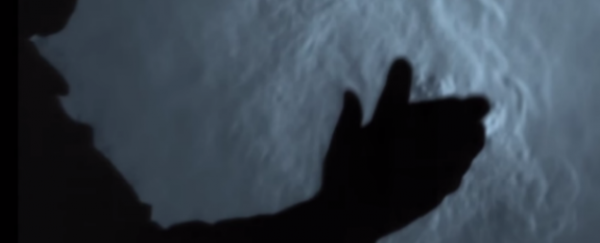
Imagine what life would be like if we could see sound waves wherever we went. Things would be completely and utterly different, because right now, sound waves are totally invisible to the human eye. But thanks to Skunkbear at NPR, we get to see this phenomenon up-close in the video above. How is this even possible?
The explanation starts at the rather unlikely point of a lighter, and the heat that comes off it when it sparks. When you spark a lighter, a puff of butane fuel will be expelled out the top, and using technology called Schlieren Flow Visualisation, we're able to see the hot air that follows, its density changing dramatically as it's being expanded by heat.
According to Skunkbear, Schlieren Flow Visualisation works when you shine a light through a single, tiny slit. If that light is then reflected off a parabolic mirror - a reflective surface that's been curved specifically to collect or project energy such as light, sound, or radio waves - the rays all become parallel. If you reflect these parallel rays off another parabolic mirror, they are refocussed back down to a single focal point. You can pass this in through the lens of a camera to capture a picture of what this looks like.
But what happens if you place a barrier at that focal point in front of the camera? And what if you blocked all but one of the parallel rays before they got to the second parabolic mirror using a light source - such as a lighter - that transforms the only freely moving ray of light into a shadow? "Rising heat will change the density of the air above the lighter, and that will bend the light rays," says Skunkbear. "The bent light ray won't pass through the focal point. It will be blocked by the barrier, and the picture will be darker."
And man, does the result look awesome.
Using this technique, you can see anything that distorts the air, whether it's heat from a hair straightener, a cough or a sneeze, and the heat coming off human hands when they clap, or the sound of a book landing on a table. Watch the video above to see more amazing examples.
